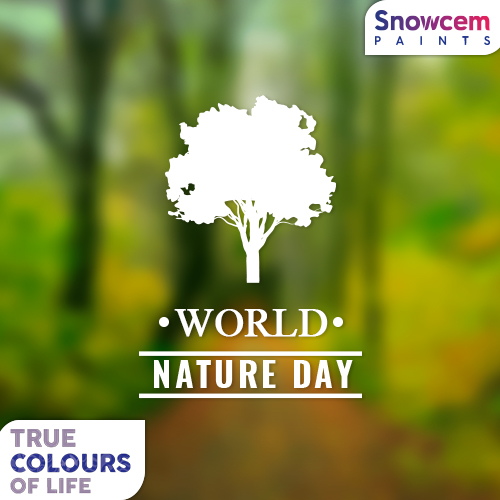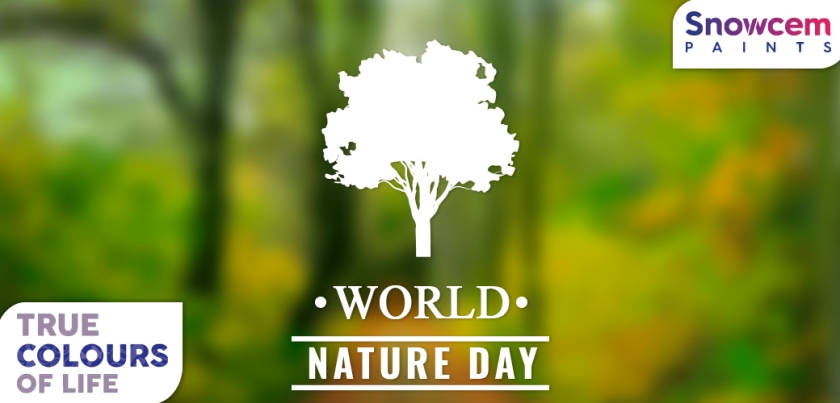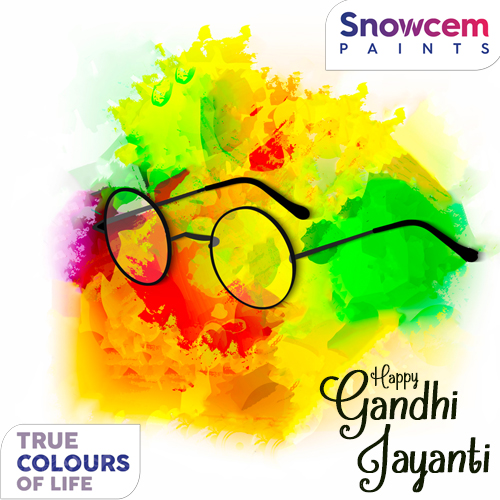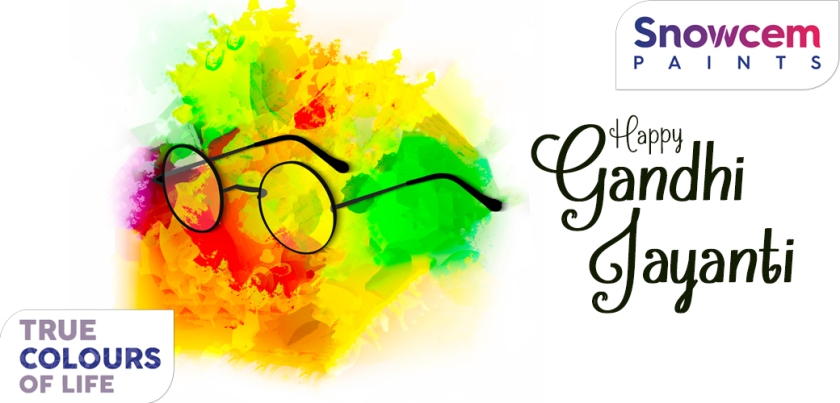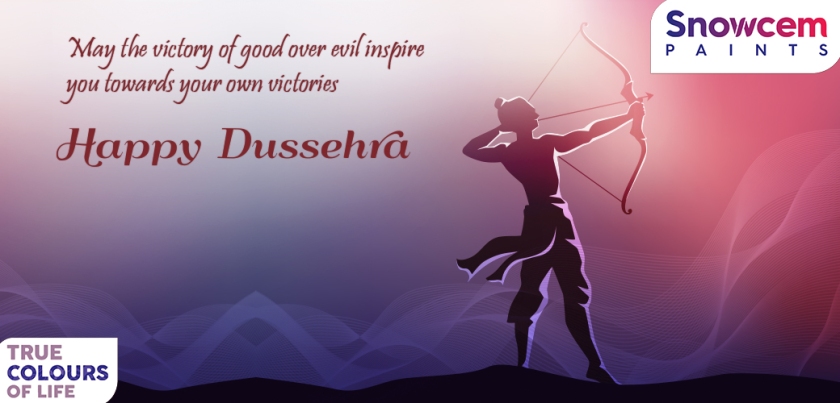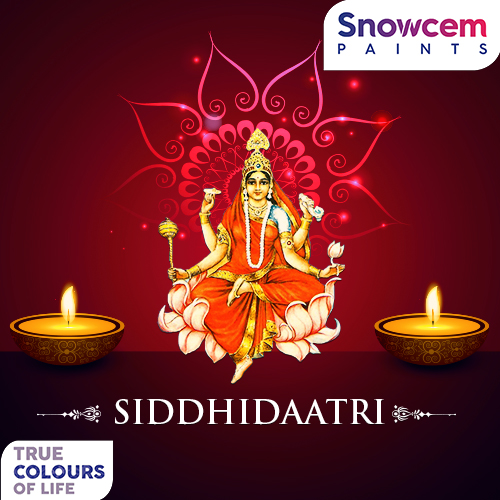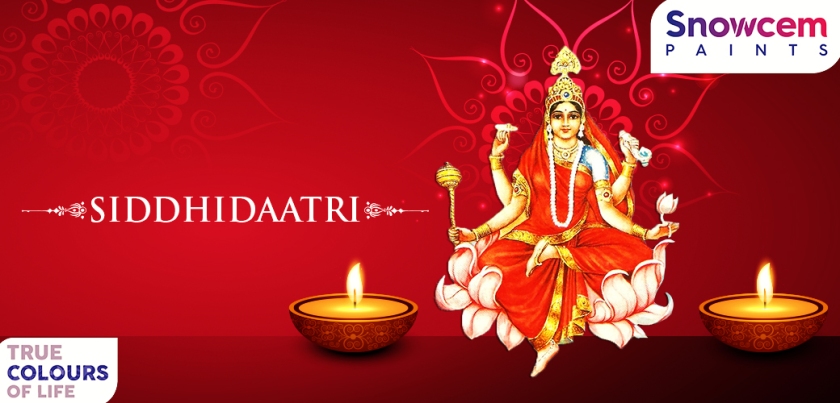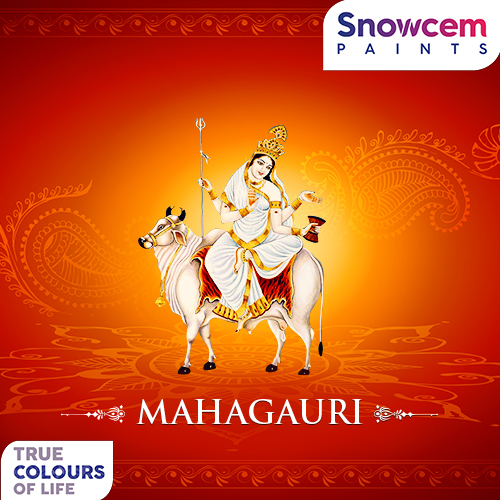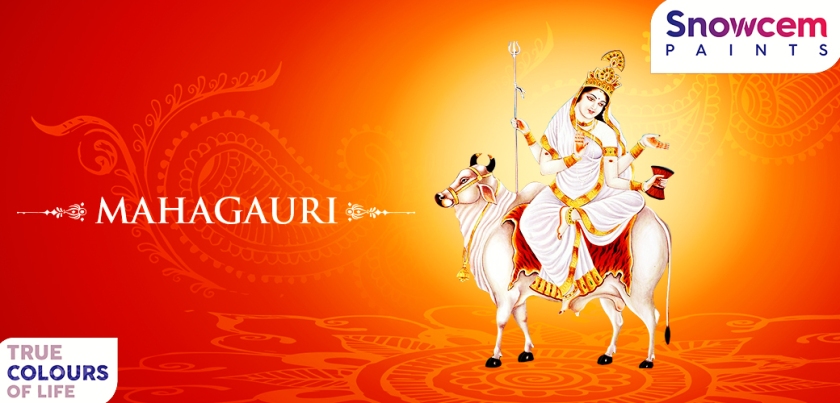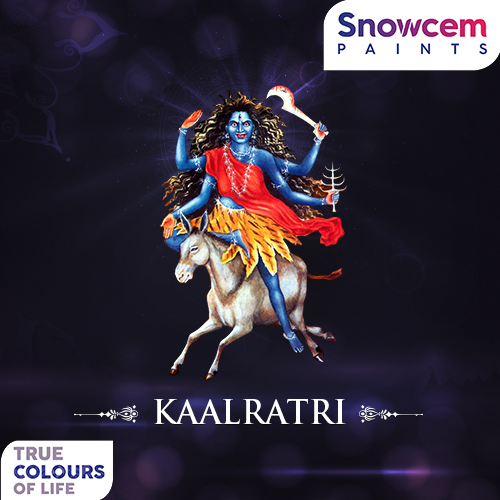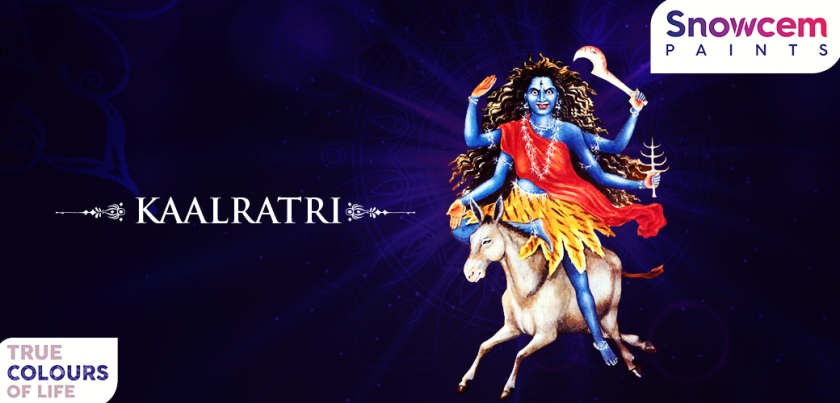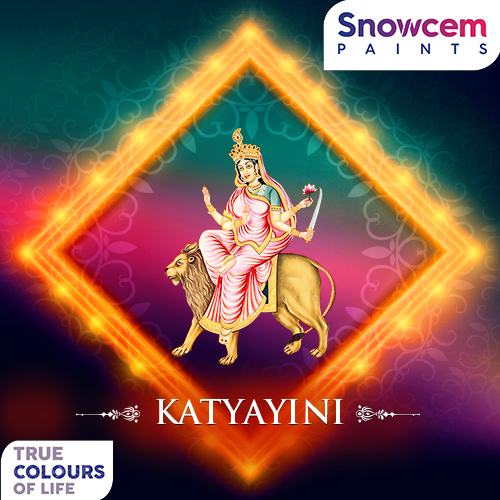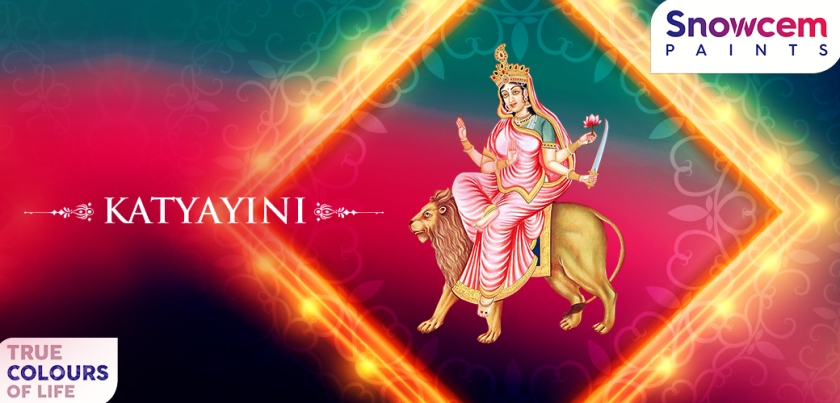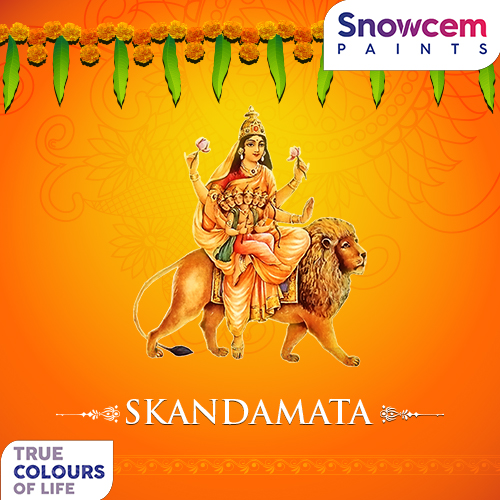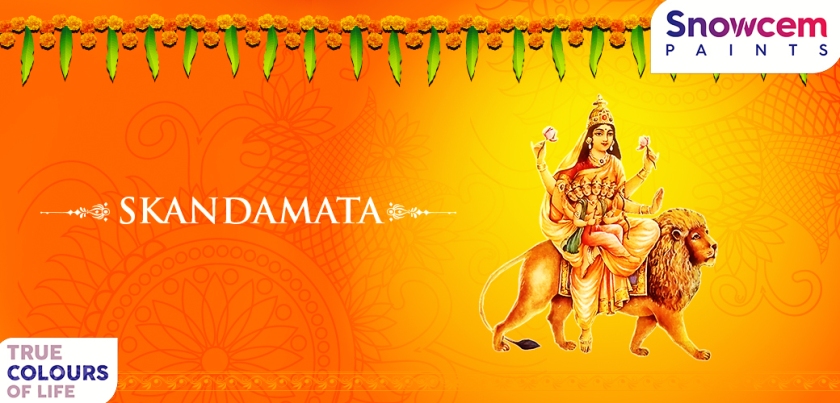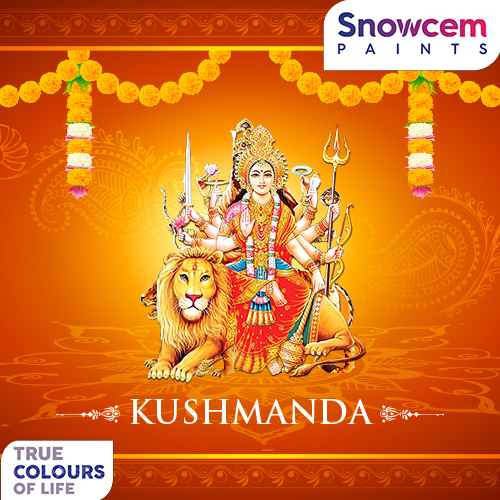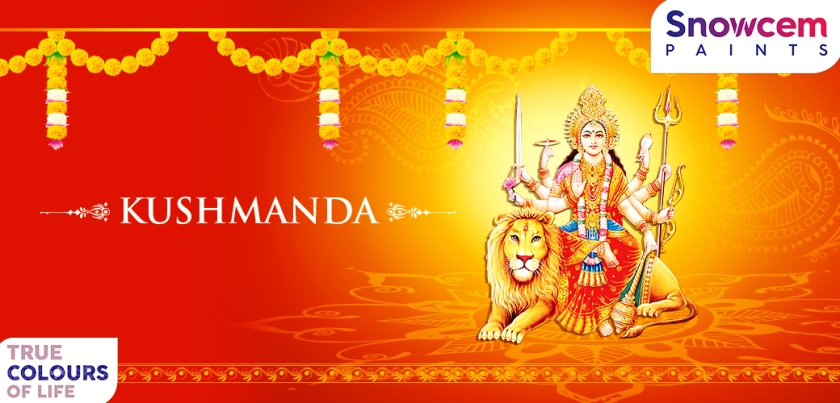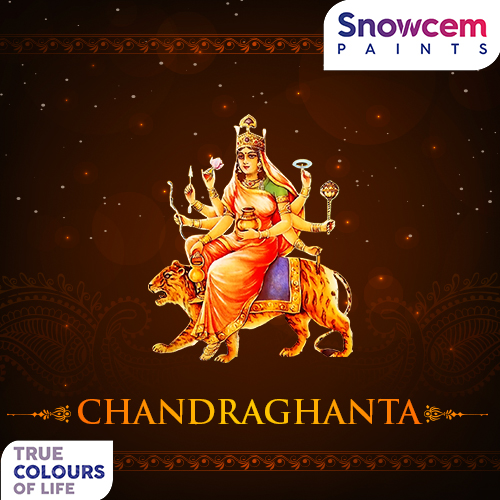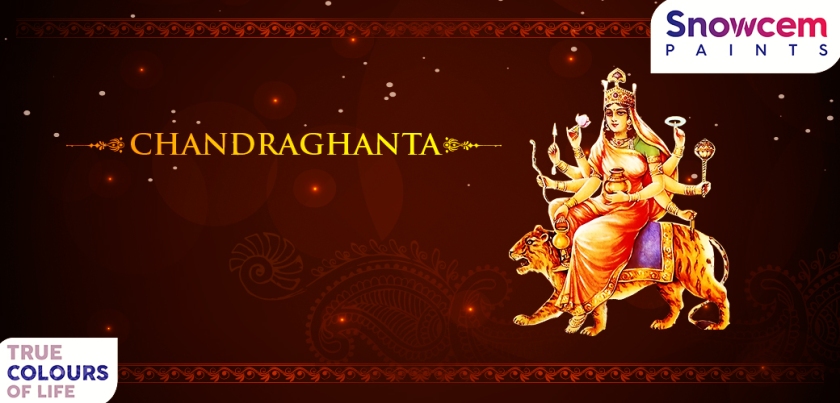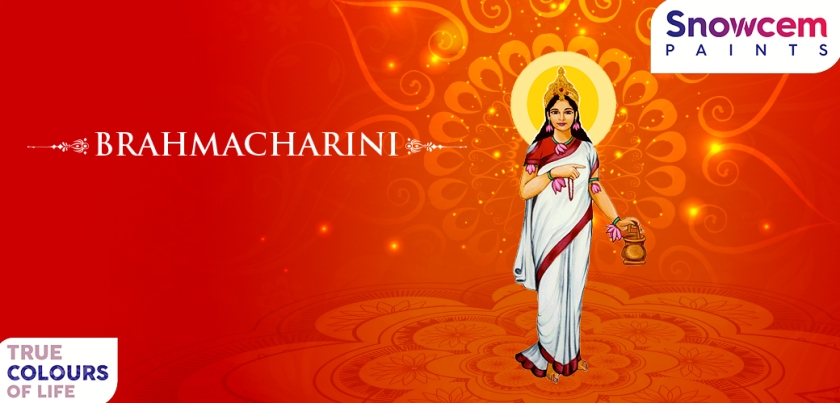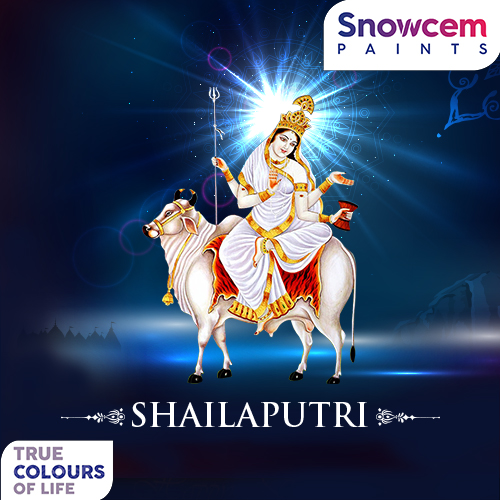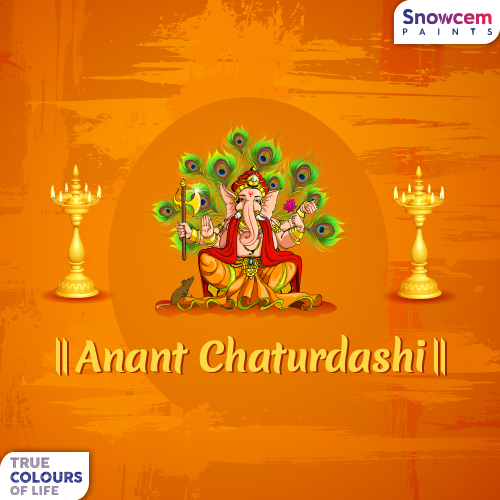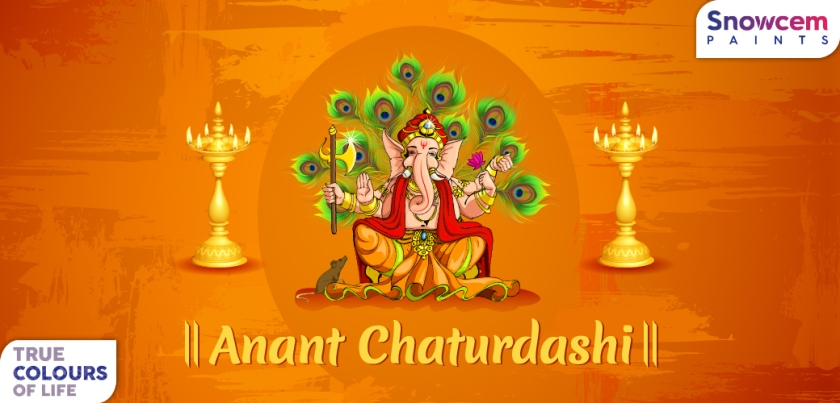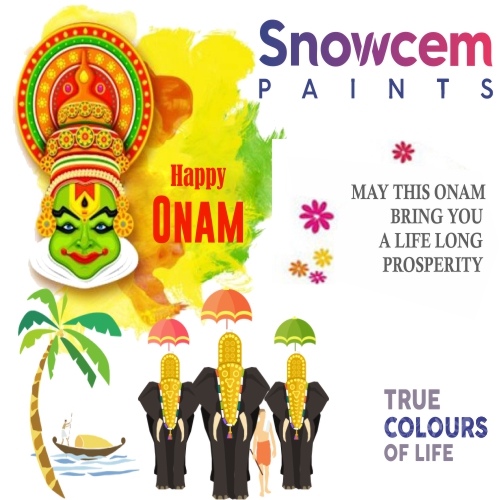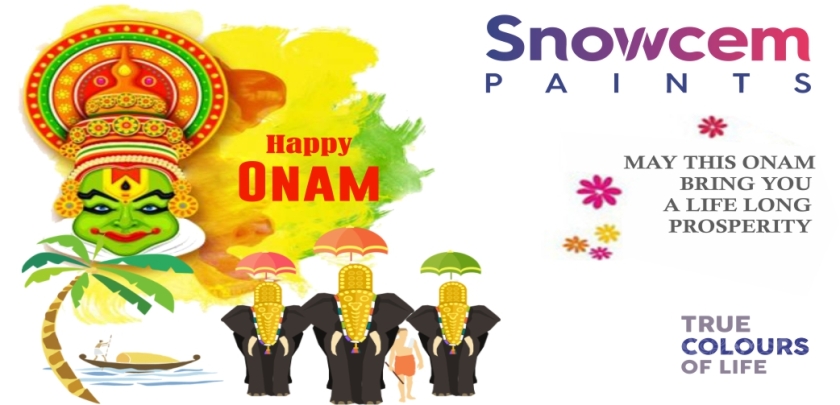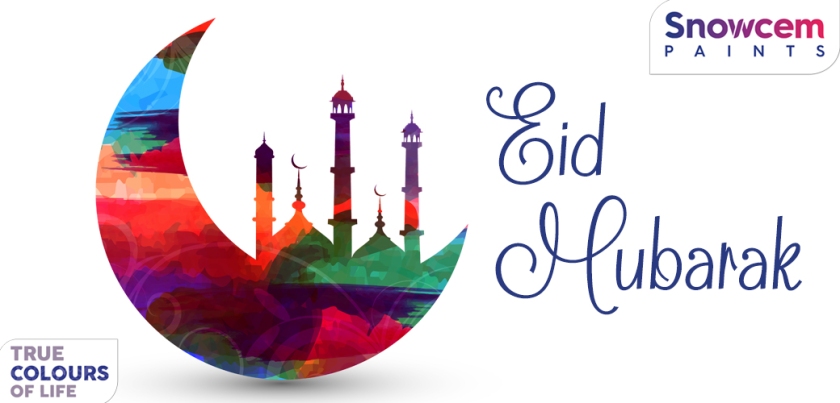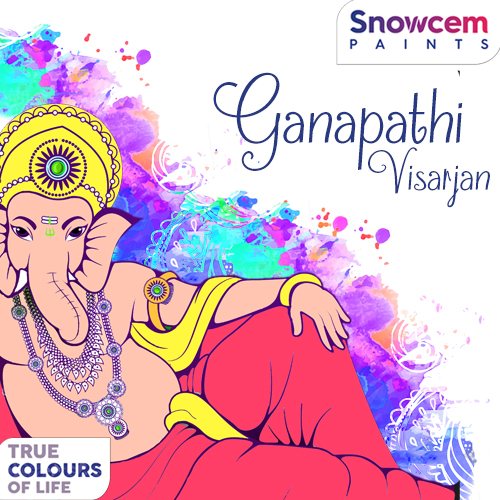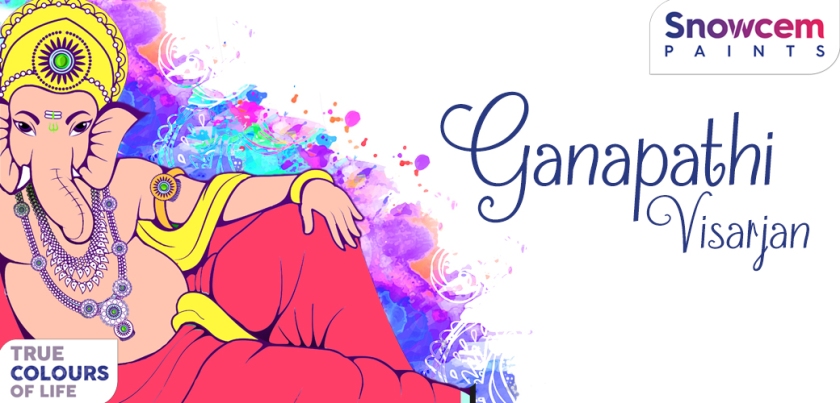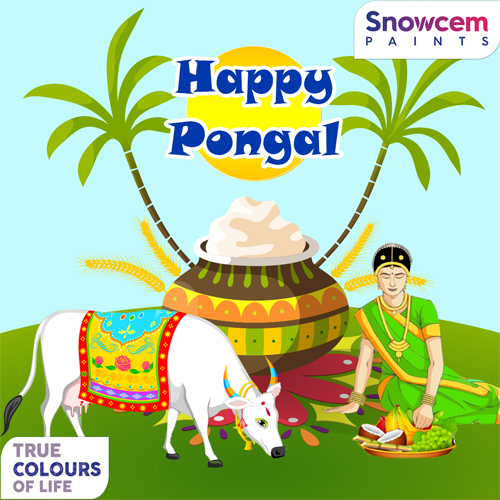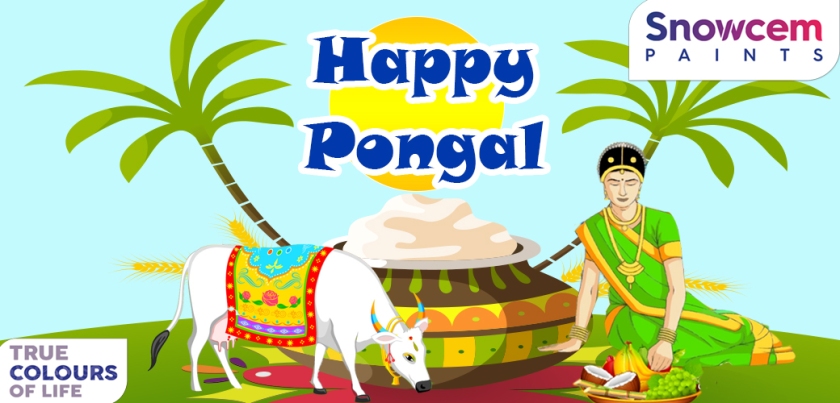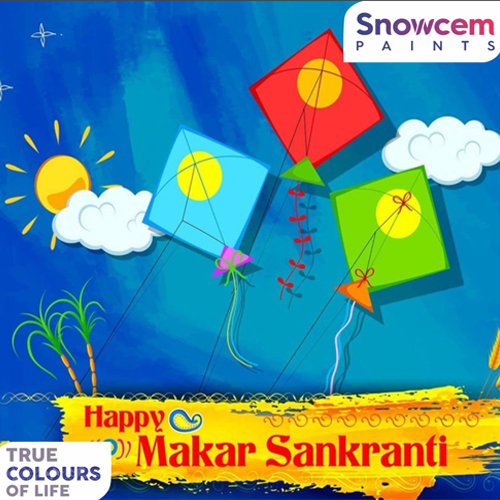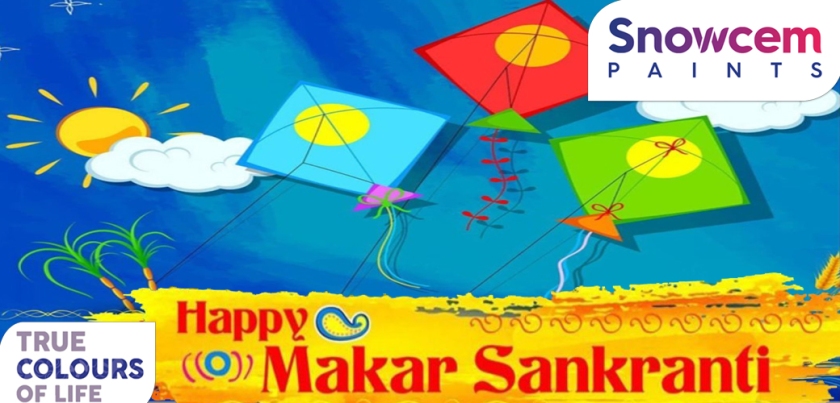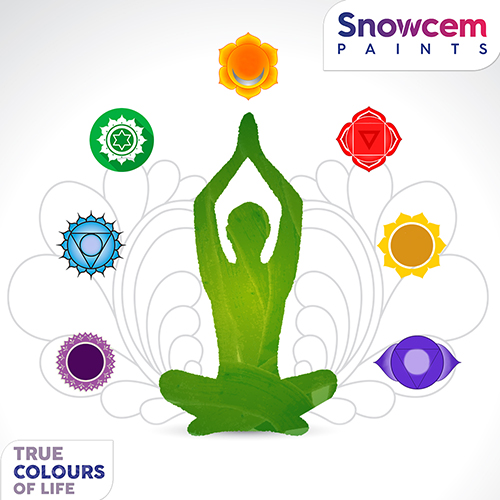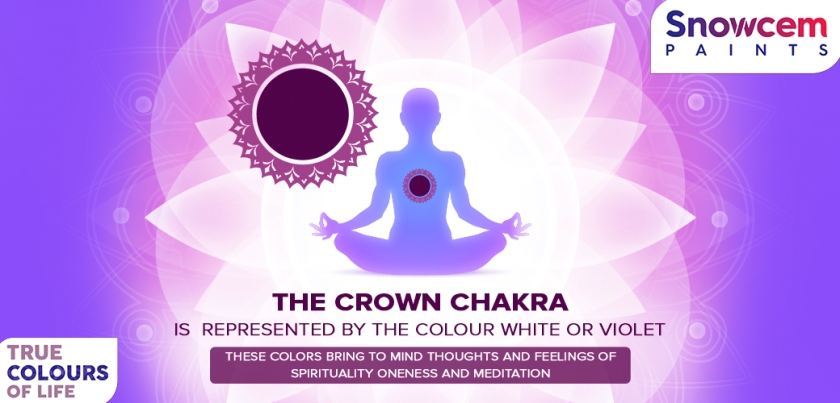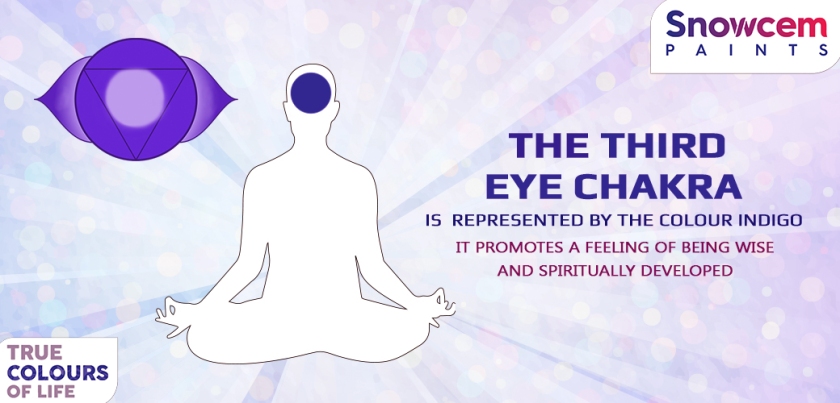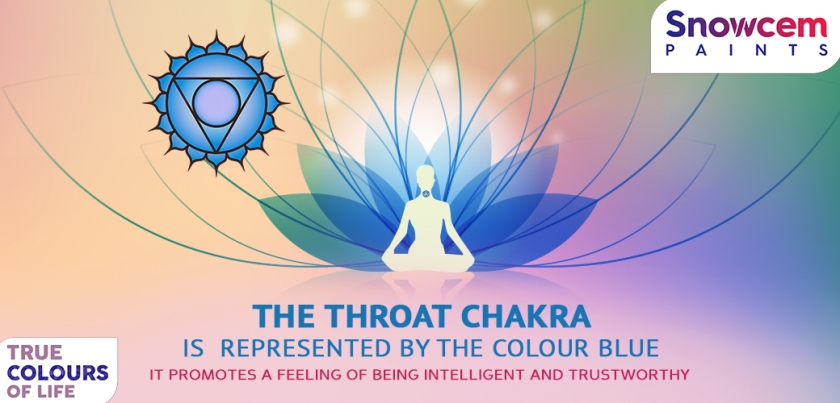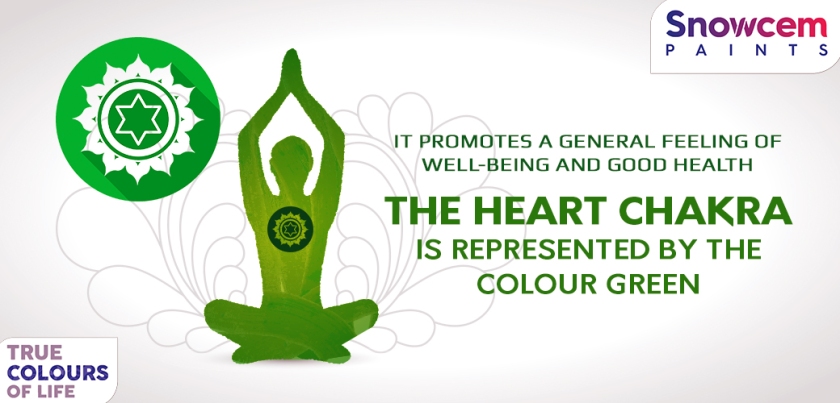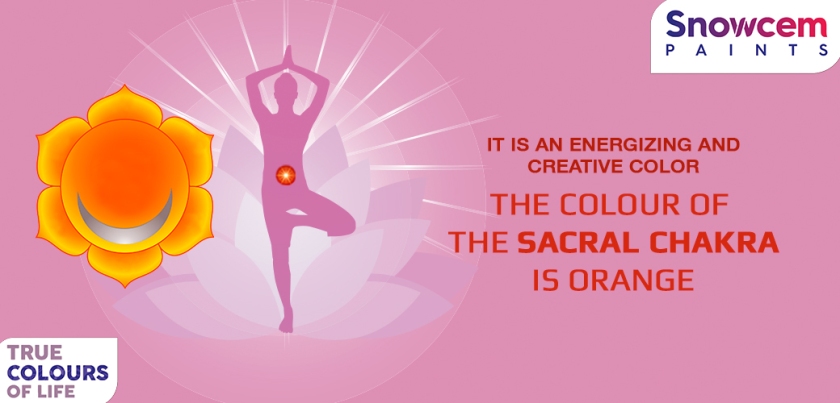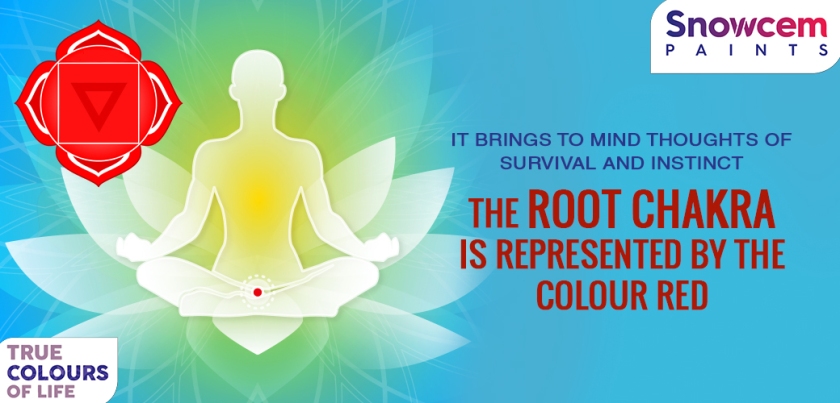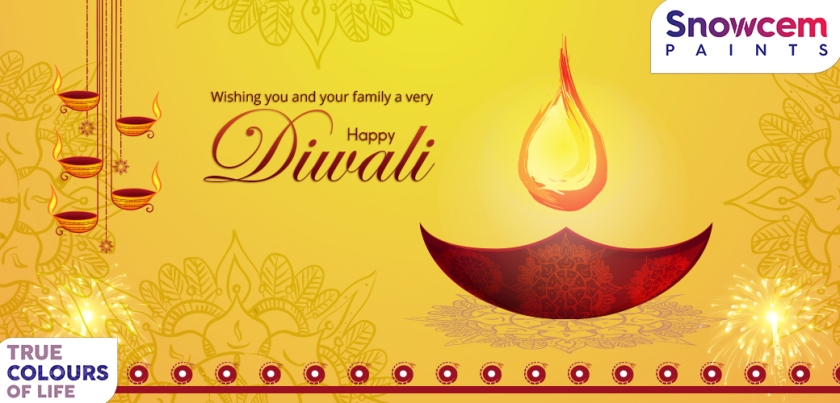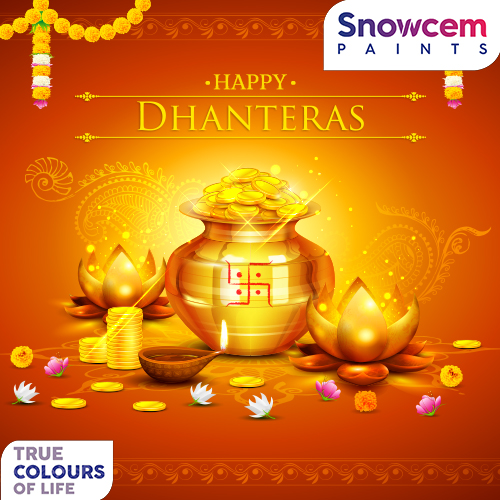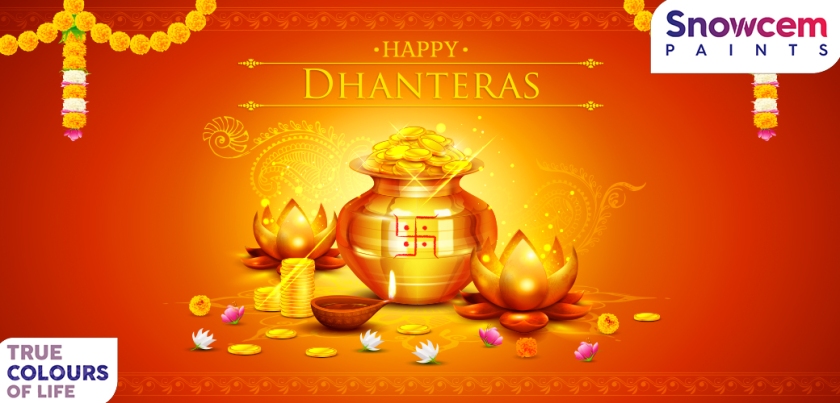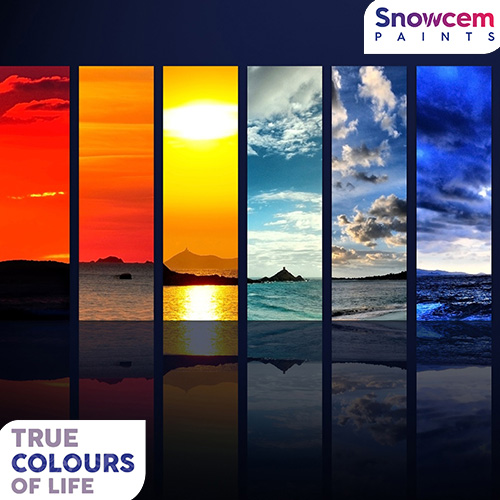
As is well known by now throughout the world Harvey Ball, a commercial artist from Worcester, Massachusetts created the smiley face in 1963. That image went on to become the most recognizable symbol of good will and good cheer on the planet.
As the years passed Harvey Ball became concerned about the over-commercialization of his symbol, and how its original meaning and intent had become lost in the constant repetition of the marketplace. Out of that concern came his idea for World Smile Day. He thought that we, all of us, should devote one day each year to smiles and kind acts throughout the world. The smiley face knows no politics, no geography and no religion. Harvey’s idea was that for at least one day each year, neither should we. He declared that the first Friday in October each year would henceforth be World Smile Day. Ever since that first World Smile Day held in 1999, it has continued every year in Smiley’s hometown of Worcester, MA and around the world.
After Harvey died in 2001, the Harvey Ball World Smile Foundation was created to honour his name and memory. The Foundation continues as the official sponsor of World Smile Day each year.
This website was created to provide information about World Smile Day, Harvey Ball and Smiley. Browse the archives to learn more about past World Smile Day events, Smiley and his creator – Harvey Ball. And be sure to join the celebration this year on Friday, October 6th, and “Do an act of kindness. Help one person smile”!
Sometimes all it takes to make the day better is a smile, whether it’s one someone gives to you, or one you share with another. Little acts of kindness can bring a shining smile to someone who has otherwise had a terrible day, and it can change everything that follows. Whether it’s just a simple compliment, a cheery hello, or a gift of something small to help brighten their day, World Smile Day encourages you to take action to bring a few more smiles into the world.
It all starts with keeping your eyes and heart open to the people around you, and recognizing when someone nearby could use a momentary lift to their day. Everyone can make a difference on World Smile Day, just by being caring and compassionate and helping those around them have the best day they can have. Those who are truly ambitious can check out the World Smile Day website and look into becoming a World Smile Day ambassador. World Smile Day Ambassador’s go the extra mile in setting up events at local businesses, schools, parks, even online to help spread the simple joy of a smile to the world.
To honour the memory of a man who only wanted to see people smile, we shall all help his dream come true. Colours are directly associated with joy and happiness. Spread smiles by spreading colours. Makes beautiful card for all your loved ones, walls can be painted with a beautiful message on them that instantly makes people smile, a bunch a colourful balloons can bring on a big smile on any kids face, old age homes can be decorated with party strips that come in over hundred colours so that they have a sense of warmth and happiness just by spending some time with you all. These small little acts can put a big smile on any persons face for a very long time. This World Smile Day SREAD A SMILE 🙂

